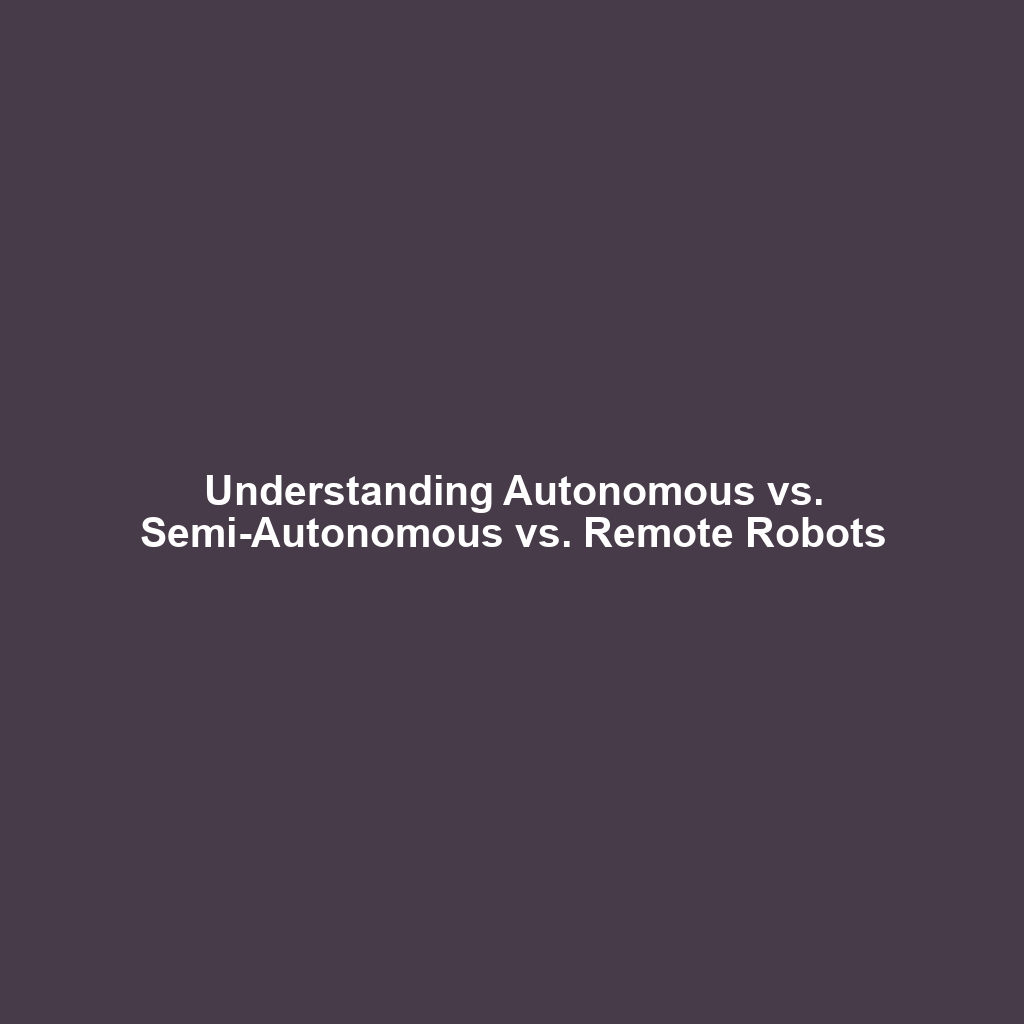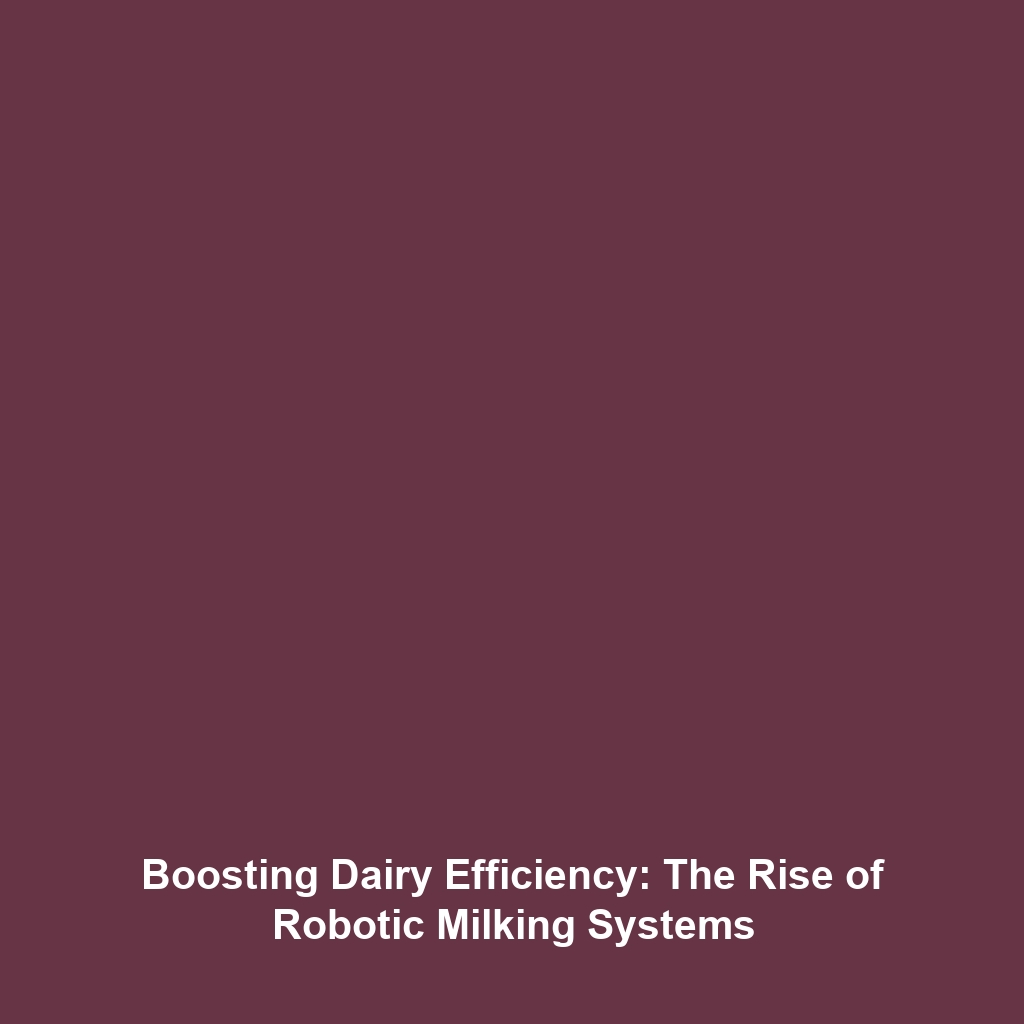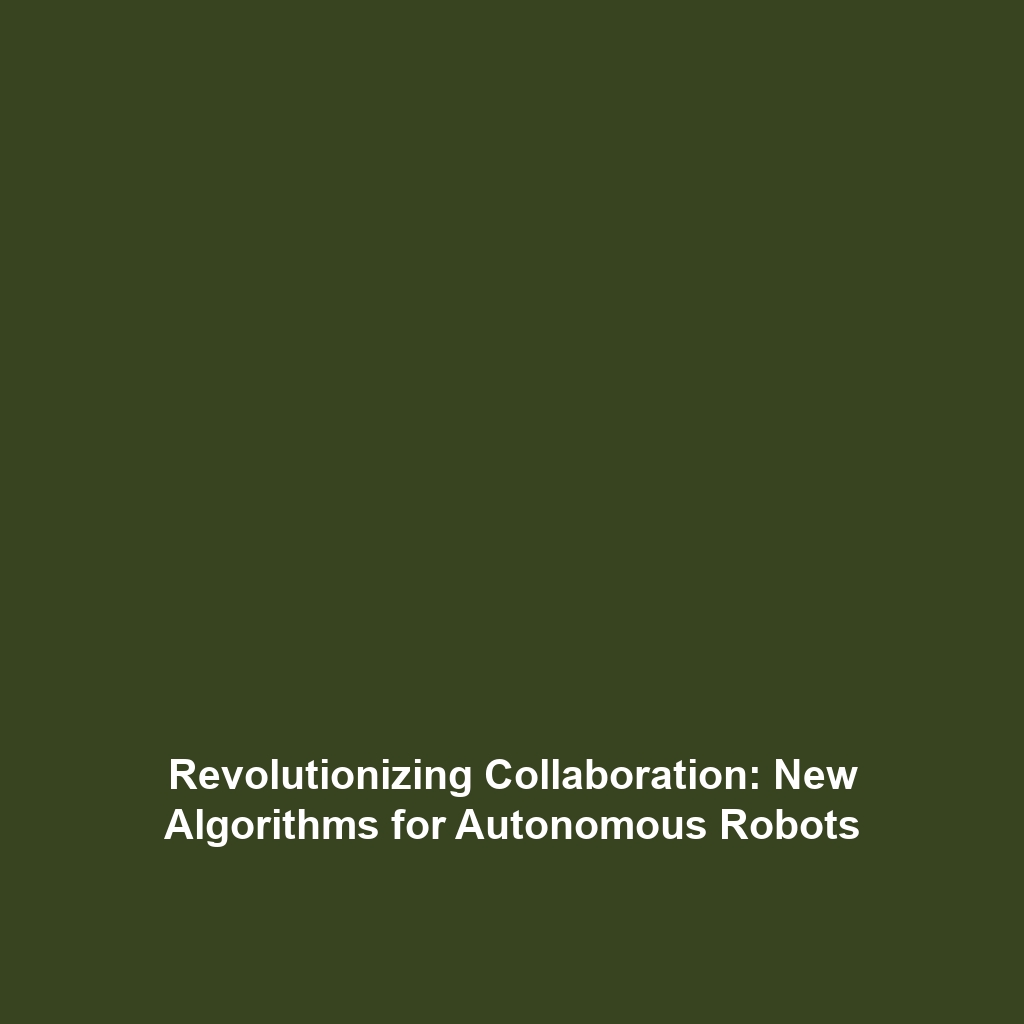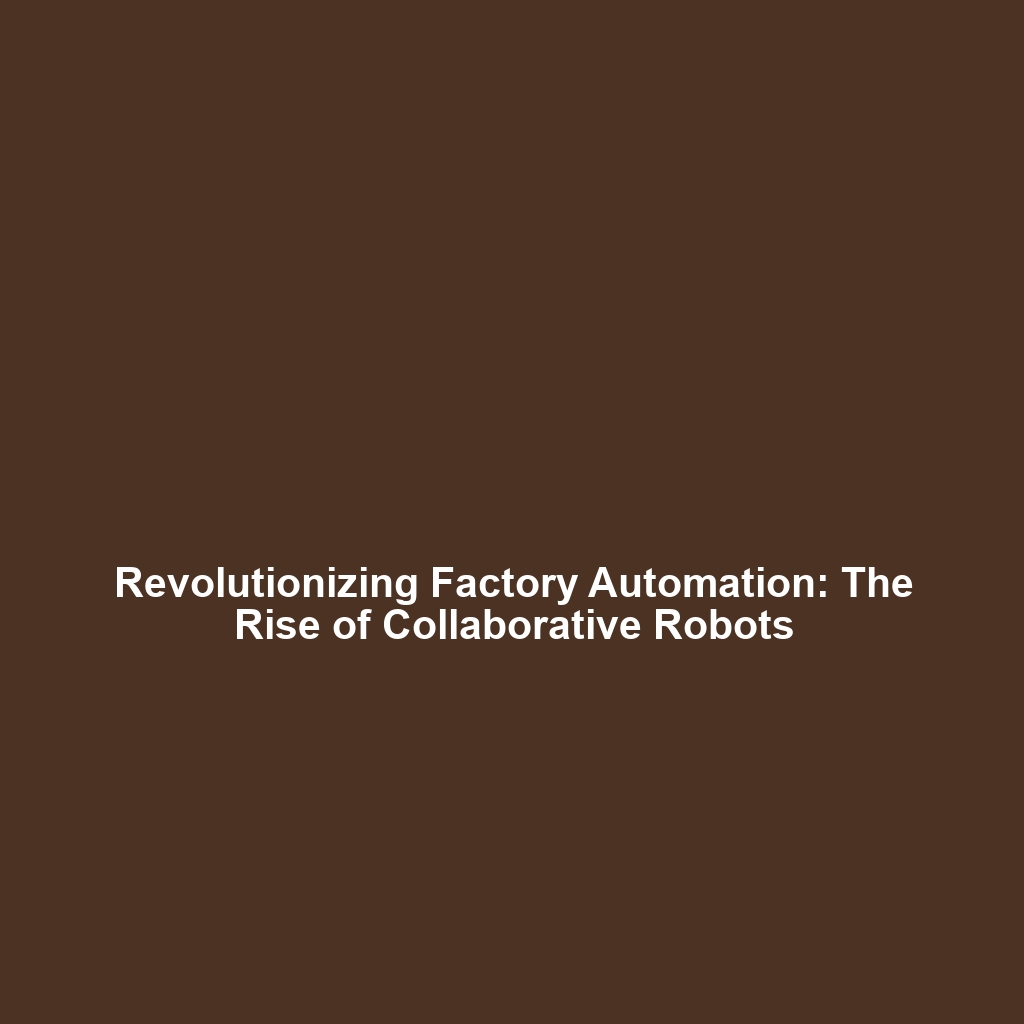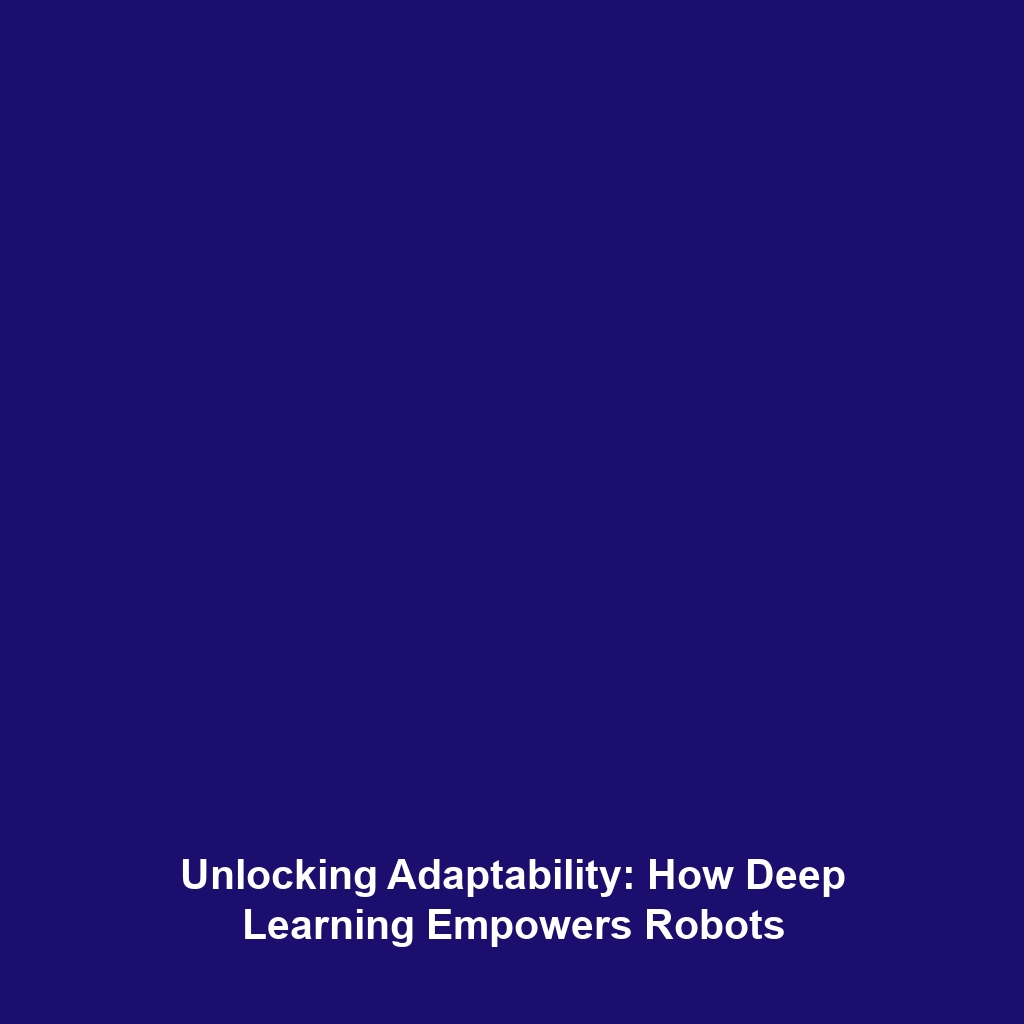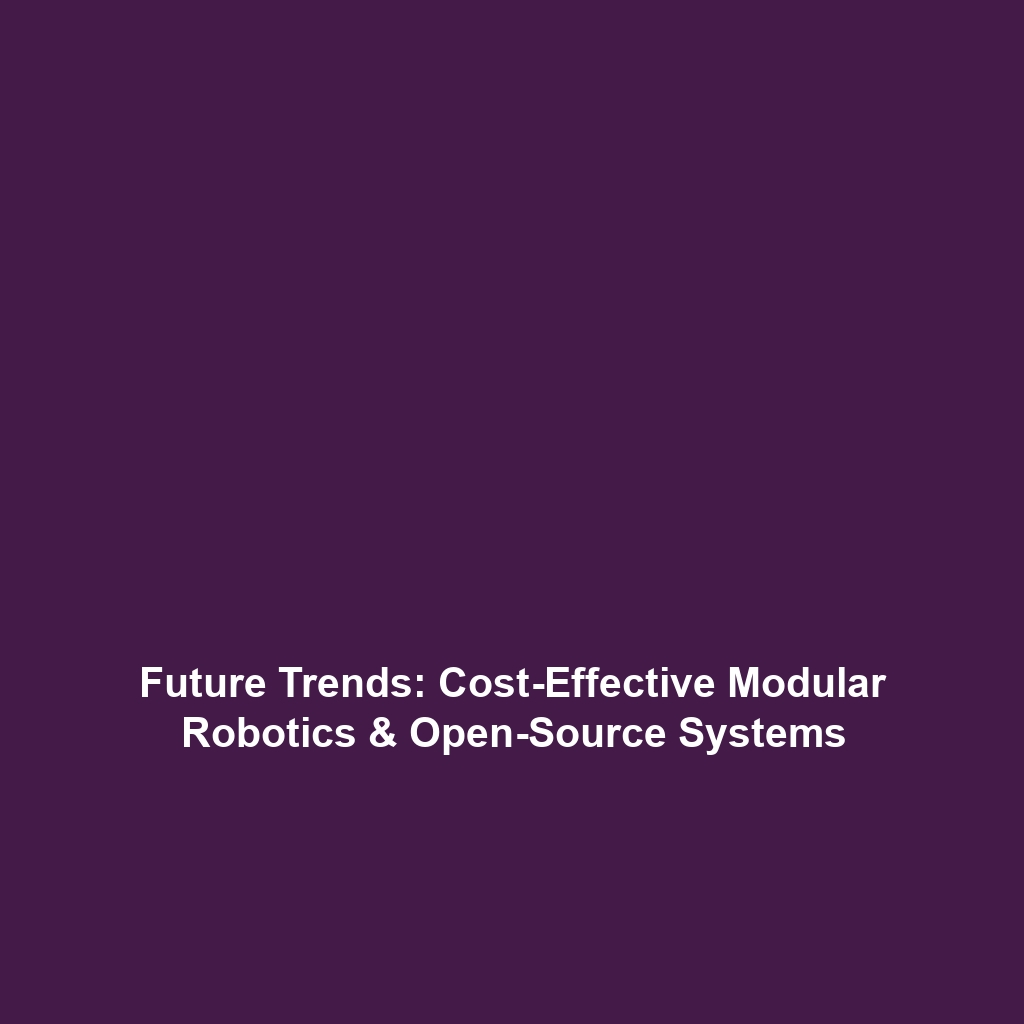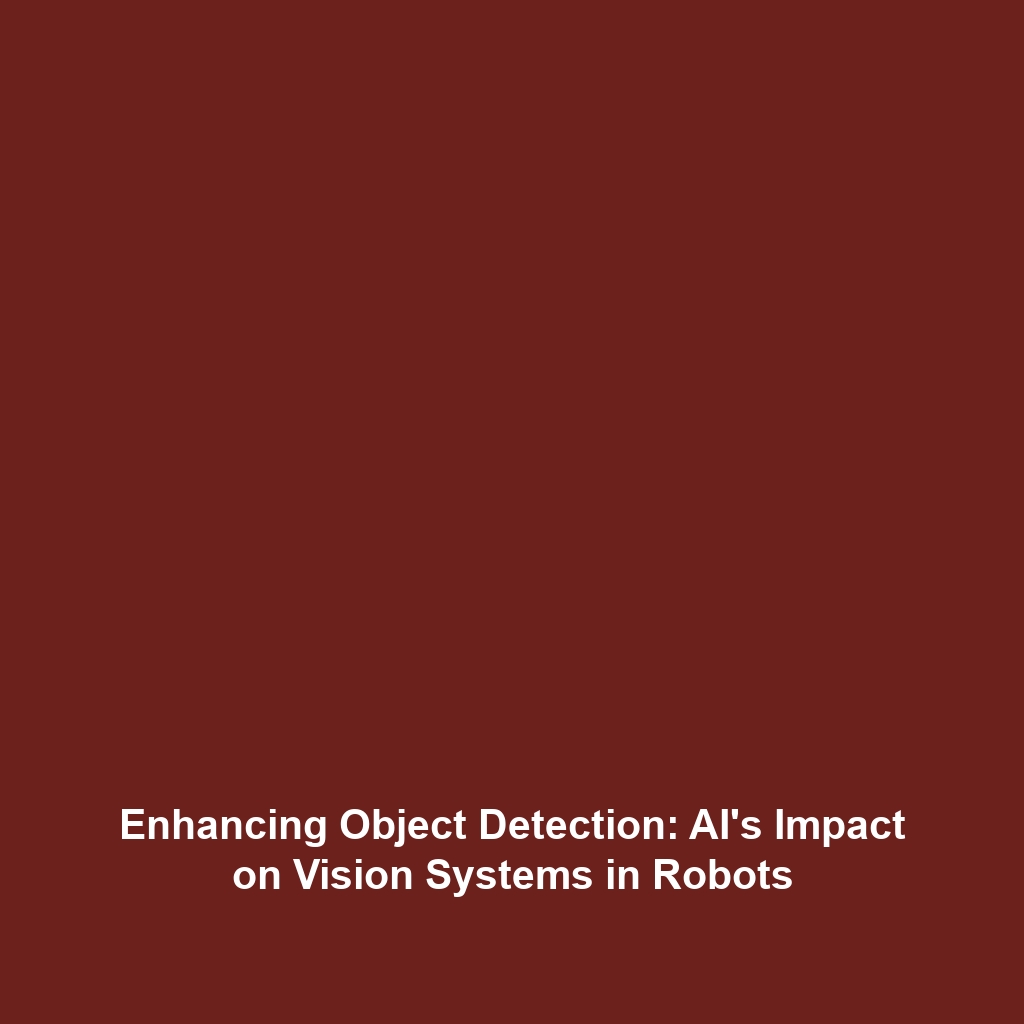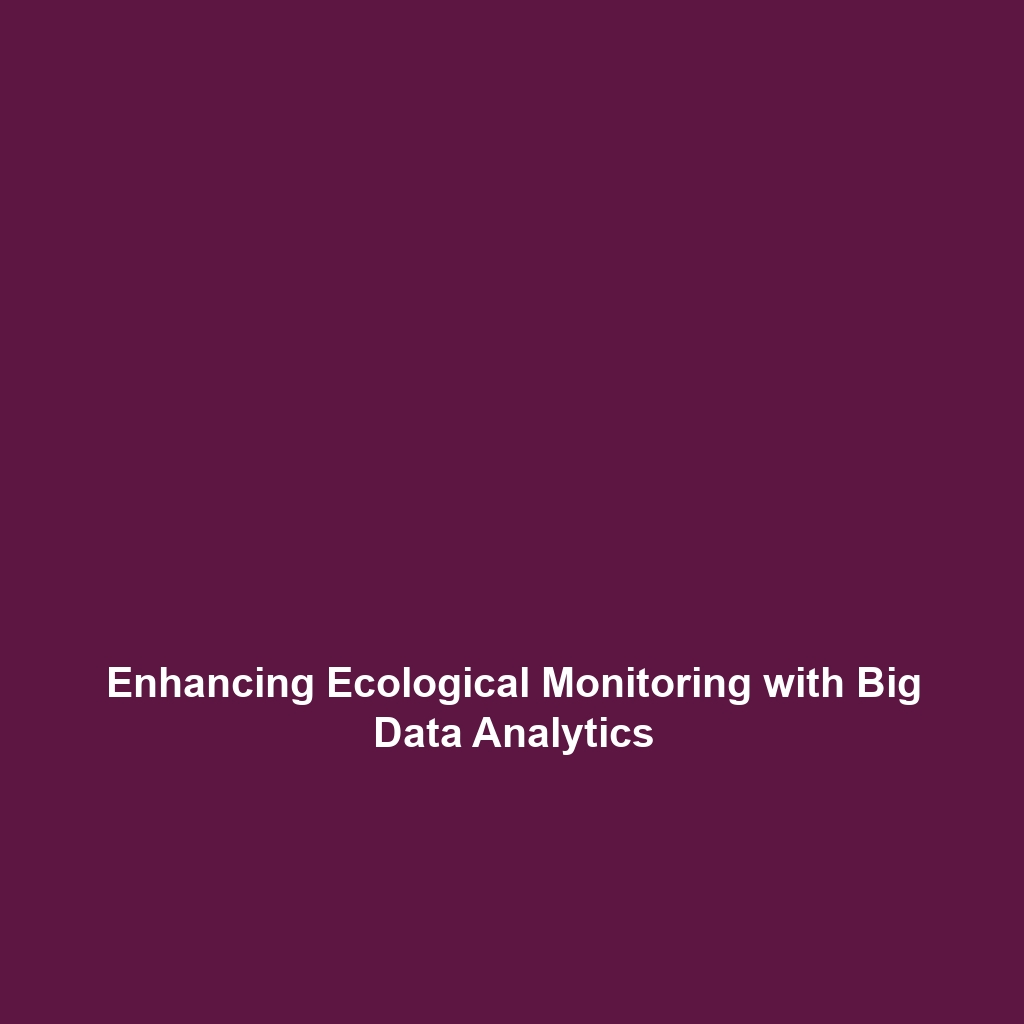The Difference Between Autonomous, Semi-Autonomous, and Remotely Operated Robots
Introduction
As technology advances, understanding the distinctions among autonomous, semi-autonomous, and remotely operated robots becomes ever more crucial within the category of autonomous robots. These distinctions not only influence how robots are designed and deployed but also shape their applications across various industries. Recognizing these differences allows engineers, researchers, and users to optimize robot performance and application, ensuring they meet specific operational needs and challenges effectively. In this article, we will delve into the essential characteristics that differentiate these categories of robots and their implications in real-world scenarios.
Key Concepts
Defining Autonomous Robots
Autonomous robots operate independently, making decisions based on environmental data and pre-programmed algorithms. They require minimal human intervention and utilize advanced technologies such as artificial intelligence (AI) and machine learning.
Understanding Semi-Autonomous Robots
Semi-autonomous robots bridge the gap between autonomous and remotely operated robots. They can perform various tasks autonomously but still require some level of human control or oversight, particularly in complex or unpredictable environments.
Characteristics of Remotely Operated Robots
Remotely operated robots are controlled by humans from a distance, often utilizing a joystick or remote control system. These robots depend heavily on real-time input from the operator, allowing for immediate response to changing conditions.
Applications and Real-World Uses
The distinctions among autonomous, semi-autonomous, and remotely operated robots lead to various applications across multiple sectors:
- Healthcare: Autonomous robots assist in surgeries, providing precision that surpasses human capabilities.
- Manufacturing: Semi-autonomous robots are often used on assembly lines, where they perform repetitive tasks while humans supervise their operations.
- Military: Remotely operated robots conduct reconnaissance missions, allowing operators to assess situations without physical presence.
- Agriculture: Autonomous drones monitor crop health, collecting and analyzing data for farmers.
Current Challenges
Despite the innovative potential of these robotic types, several challenges impede their development and application:
- Technical limitations: Autonomous robots face challenges in complex environments where unexpected variables can occur.
- Safety concerns: The deployment of semi-autonomous robots in sensitive settings raises ethical questions about decision-making capabilities.
- Operational reliability: Remotely operated robots depend heavily on stable communication links, which can be a vulnerability.
Future Research and Innovations
Looking ahead, research is focused on enhancing the capabilities of all three robotic classifications. Innovations include:
- Improved AI algorithms: Enhancements in AI could lead to more autonomous operations in unpredictable environments.
- Tactile feedback systems: These systems could improve the operational capabilities of semi-autonomous robots in delicate tasks.
- Advanced communication technologies: Innovations in real-time communication will bolster the control of remotely operated robots.
Conclusion
The differences among autonomous, semi-autonomous, and remotely operated robots are paramount in understanding their roles and capabilities in today’s technology-driven landscape. As we continue to explore the potential applications and innovations in autonomous robots, it becomes increasingly important to address the challenges they face to maximize their benefits. For a deeper understanding, consider exploring additional resources on robotics in healthcare and autonomous vehicles.
